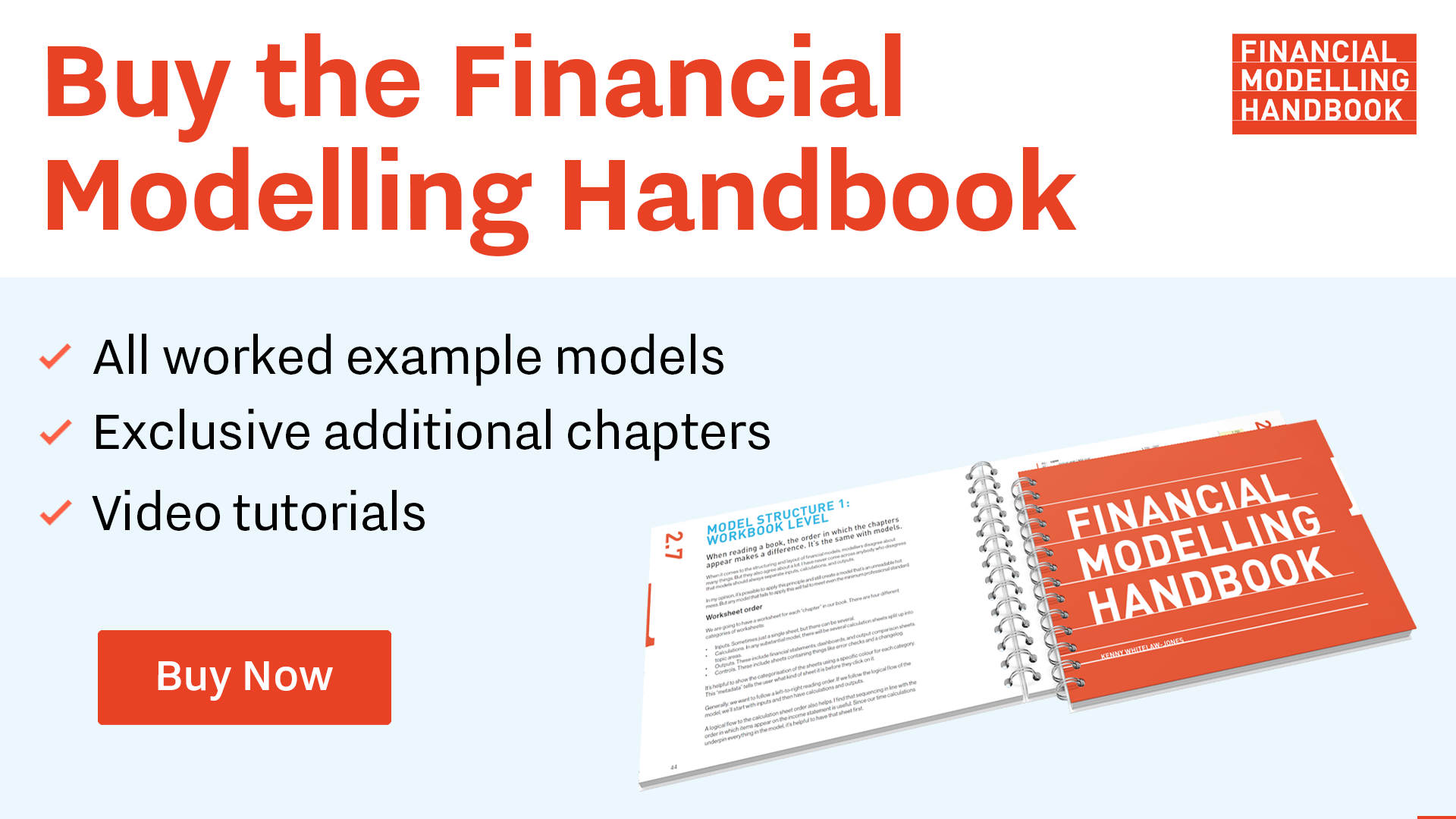Case study
Aurelius Power Solar acquisition
To illustrate the model design and construction skills in the Handbook, we’re going to build a complete financial model together based on a Solar Power case study.
1 Project outline
1.1 Background
Your firm, Aurelius Power, has been invited to co-invest in a solar project. The Project has been developed by a company (the “Sponsors”) that you have invested alongside several times before. Your task is to construct a financial model to evaluate the investment opportunity and arrive at a recommendation for your firm’s Investment Committee.
The Project is scheduled to commence operations on March 31st 2021, (“Commercial Operations Date” or “COD”)
The Project is underpinned by a 25 year Power Purchase Agreement (“PPA”) with a national government off-taker. The Project is taking place in a country with a high level of political risk and a relatively weak economy.
Technical parameters for the Project are set out in Section 2.
1.2 Investment premium
Sponsors are looking to sell down part of the Project at COD. Having taken the development risk and successfully managed the construction risk, and with the entire 25 years of the PPA left to run, they consider this an optimum time to sell a share in the Project.
Sponsors plan to sell 40% of the business to an investment partner. You are being asked for your offer to purchase 40% of the common stock of the Project Company (ProjectCo). Your offer will take the form of a premium that you are willing to pay to acquire this share in the Project.
You would be looking to secure an Equity IRR of 12% on the investment.
1.3 Timetable
The table below sets out the crucial assumptions regarding the project schedule and the implications of the Project’s critical dates.
PLANNED COD - 31 March 2021
- Project begins generation and receives revenue
- Repayment of senior financing begins
- Incoming investor premium to be paid
- Incoming investor entitled to 40% of project returns from this date
LENGTH OF PPA - 25 years
- Duration of revenue and cost forecast
2 Technical and operating parameters
2.1 Electricity generation
The most recent P50 estimate of power production at maximum availability is 250 GWh per year. This may be subject to change before COD as final technical optimisation occurs.
Sponsor's technical assumptions indicate that the plant will operate at 97% availability on average, and generation will be subject to a 0.5% p.a. performance degradation.
Figures for seasonal variation are as follows:
Q1 – April to Jun – 33% of annual production
Q2 – July to Sep – 36% of annual production
Q3 – Oct to Dec – 15.5% of annual production
Q4 – Dec to Mar – 15.5% of annual production
2.2 Power tariff
Sponsors have signed a 25 year Power Purchase Agreement committing to a tariff of 6.5 US$c / kWh, unindexed. The PPA provides that the Sponsor will invoice the off-taker monthly and that invoices will be paid within 30 days of presentation. Sponsors assume that invoices will be prepared and issued no later than 15 days from month end.
You have not yet seen the PPA document itself and will need further due diligence before finalising your offer.
2.3 Operations and Maintenance (“O&M” contractor)
A 25-year contract has been signed with an O&M contractor to operate the plant. A fixed annual fee of $1.5m per annum has been agreed upon. This amount is index-linked to US CPI. Indexation will be applied annually on the anniversary of COD. Payment terms agreed with the O&M contractor specify that the O&M fee will be paid monthly within 30 days of month-end.
2.4 Taxation
You are awaiting Sponsors to share the tax guidance they have received for the Project. A quick google search indicates that Companies in this jurisdiction pay 15% corporate income tax.
3 Project costs and financing
3.1 Project costs
Sponsors have provided a high-level indication of total project costs. Project costs are defined as all construction capex, plus reimbursed development costs, development fees and financing costs incurred during the construction period. They have indicated that this figure will be $100m by COD. Initial accounting advice indicates that this amount should be depreciated on a straight-line basis over a 25 year period.
3.2 Senior debt
Sponsors entered into an Interest Rate Swap at 2.5% for the duration of the senior debt term. The interest margin on the senior debt during the repayment period will be 3.5% (act / 360). Interest and principal on the senior loan will be paid quarterly. You have not yet seen the credit documentation, but you understand that the leverage will be around 70% and with a repayment period of 10 years.
3.3 Revolving Credit Facility
Fluctuations in period revenue may mean cash shortfalls in several periods. Sponsors have indicated that a revolving short term facility may be available to meet seasonal cash flow shortfalls. This facility will rank below senior debt but above any shareholder distributions in the cash flow waterfall. Your research indicates that an annual interest rate of 12% is reasonable for such a facility.
3.4 Sponsor equity
The remaining 30% of Project Costs not financed with debt will be funded by equity. At the start of the construction period, Sponsor's equity was invested in the form of an Equity Bridge Loan which is due to be repaid by Sponsors at COD. Sponsors will repay the Equity Bridge Loan at COD, effectively replacing the Bridge Loan with their Equity. Note – as the loan will be repaid by the investment of the Sponsor share capital at COD, you do not need to model the equity bridge loan. Financing costs of the Equity Bridge Loan are included in the $100m Project Cost estimate.

Comments
Sign in or become a Financial Modelling Handbook member to join the conversation.
Just enter your email below to get a log in link.